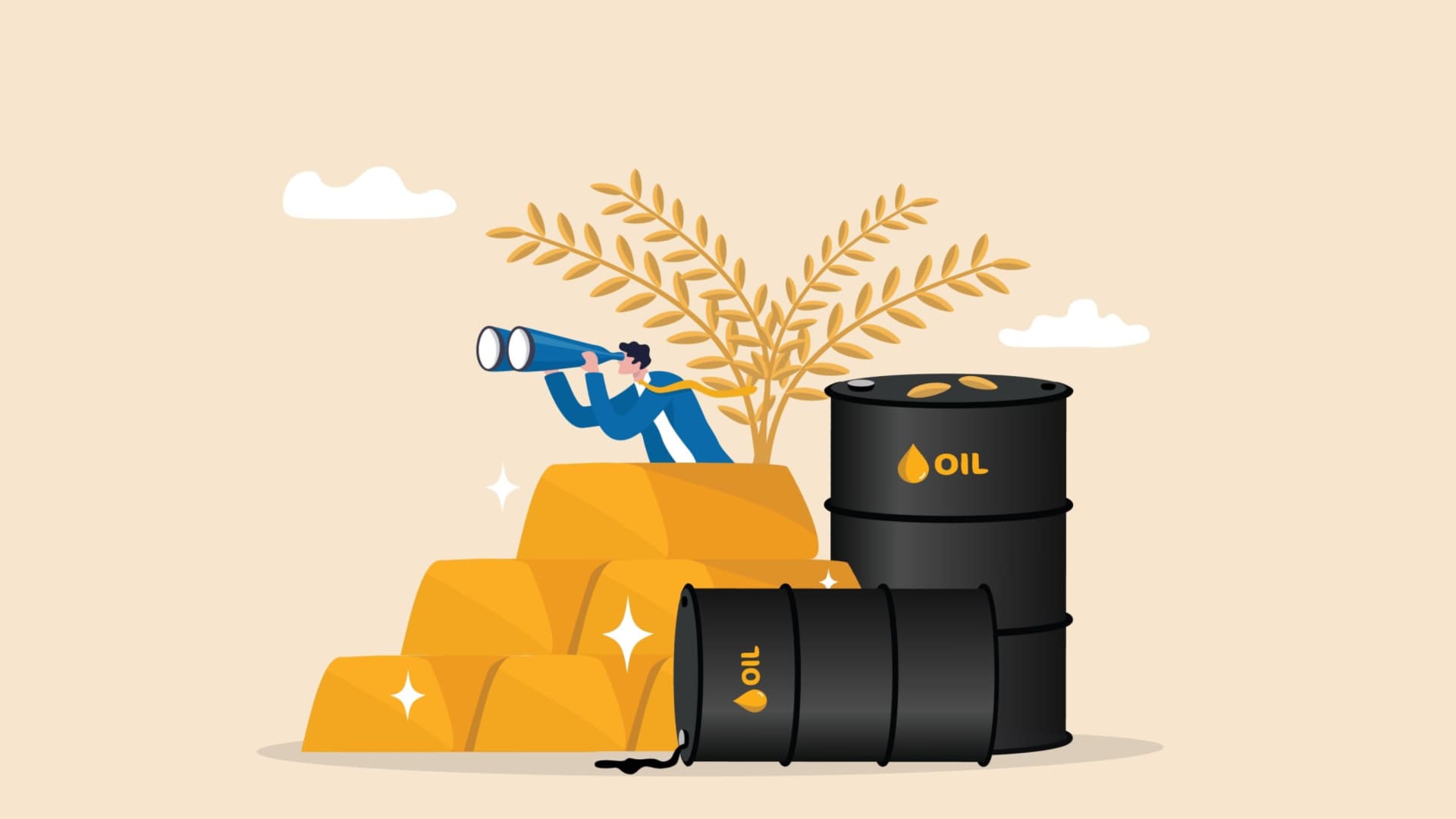
Posted on: 6th July 2022 in Investments
From the food we eat to the fuel we put in our cars, commodities are the fabric of our daily lives. Furthermore, they are the building blocks that power the global economy.
Commodity investments also present unique ways to expand and diversify your portfolio.
But before you get started, there are some things you need to understand. While the opportunities they offer are unique, so are the risks.
This article looks at what you need to know about the asset class before investing.
Commodities are one of the major asset classes, along with real estate, stocks and bonds. They are simply raw materials and goods and are often used to produce more complex goods.
For example, copper is a raw material, but it is used in electronic goods due to its conductive properties.
Most commodities fall into one of the following four categories:
Although there are four main types, a commodity often falls into two broader categories – hard and soft.
Hard commodities are those that are mined or extracted by drilling for them. This includes things such as oil and gold.
Soft commodities are those that are grown rather than extracted or mined, such as livestock and crops.
Commodity trading is nothing new. In fact, you could trace it back thousands of years.
Before most ancient empires even had currency, they used trading systems to exchange goods. Of course, things have changed considerably over the course of thousands of years.
Today, commodities are traded worldwide on global stock exchanges such as the Dow Jones Commodity Index and the London Metal Exchange.
Unlike some other types of investments, supply and demand play a big part in the price of commodities. For this reason, price fluctuations are common for certain commodities.
In general, the asset class tends to have a low correlation with other asset classes. An example of this is gold.
Economic uncertainty will often negatively affect stock and bond prices, while the price of gold will usually rise. Because of this, commodities such as gold are used to offset the risk of other assets in an investment portfolio.
Investing in commodities is also seen as a good investment strategy to hedge against inflation.
Commodity trading usually happens through futures contracts. This is where investors bet on the future prices of the asset. However, there are other ways for you to invest in the asset class.
There are several ways to trade commodities. Below are four ways to invest in the asset class.
A futures contract is a legal agreement you enter into with another investor. Here, you agree to buy or sell the asset at an agreed-upon price on a future date. To trade futures contracts, you will need a brokerage account.
Futures allow the investor to speculate on the future value of the commodity. Investing in this can is also known to be highly volatile, so speaking with an expert first is often the best approach.
With commodity futures markets, you are trading contracts rather than a physical item.
Technically you can buy any physical commodity, but some are far more practical than others for individual investors.
For example, you can buy precious metals such as gold bars and store them with relative ease. However, things become more complicated if you are buying barrels of oil or cattle.
When most people talk about the stock market, they are referring to the equities market. Or, in other words, buying and selling stocks and shares in a company.
However, you can also buy individual stocks in companies that produce commodities. These will often be things such as energy stocks or metal stocks.
Be aware that the value of the commodity itself and the stock investment doesn’t always move in tandem, which can be a good or bad thing. Let’s use oil companies as an example.
If crude oil prices increase, the value of the company should see an increase in its share price. But, there are a whole host of other factors at play. What is arguably more important is how well run the company is.
Just because the price of oil increases by 10% doesn’t mean the company will gain 10% in value. If it is poorly managed, the stock price could reflect that. Conversely, a well-run company could still be profitable, even if the commodity itself loses value.
The TLDR here is that the stock price of a company and the price of the commodity it produces are not exactly the same.
Exchange-traded funds (ETFs) and mutual funds offer investors exposure to various types of commodity investments.
Funds usually consist of one of the investment options mentioned above or a mixture of all of them. Investing in a fund allows you to focus on one commodity, such as gold, or a basket of different types of commodities.
Be aware that funds, just like stocks, don’t always align with the value of the commodity itself.
By their very nature and how they work with other asset classes, commodity investments are an excellent option to use as part of your strategy in creating a diversified portfolio.
However, before diving in, knowledge of the commodities market is essential – that’s where we can help.
Holborn Assets has more than 20 years of experience working with clients to reach their investment goals. We offer tailored advice and portfolio management solutions designed around you.
With our expert advice and award-winning customer service, you can be sure that you are in safe hands.
To find out how we can help you, contact us using the form below.
We have 18 offices across the globe and we manage over $2billion for our 20,000+ clients
Get started
Digital Assets: From Fringe to Framework A Responsible View for Internationally Mobile Investors Executive Summary Digital assets have moved from the fringes of finance into mainstream discussion. The arrival of...
Read more
Across the global expatriate market, one product category is showing unprecedented momentum in 2025: Indexed Universal Life (IUL). As client expectations move toward solutions that combine long-term protection, tax-efficient wealth...
Read more
Chancellor Rachel Reeves delivered her second Autumn Budget in dramatic circumstances, after the Office for Budget Responsibility (OBR) accidentally released its full economic outlook online 45 minutes before her speech....
Read more
In today’s world, much of our lives are lived online. From email accounts and social media profiles to digital wallets and online businesses, we’re building a digital legacy—often without realising...
Read more